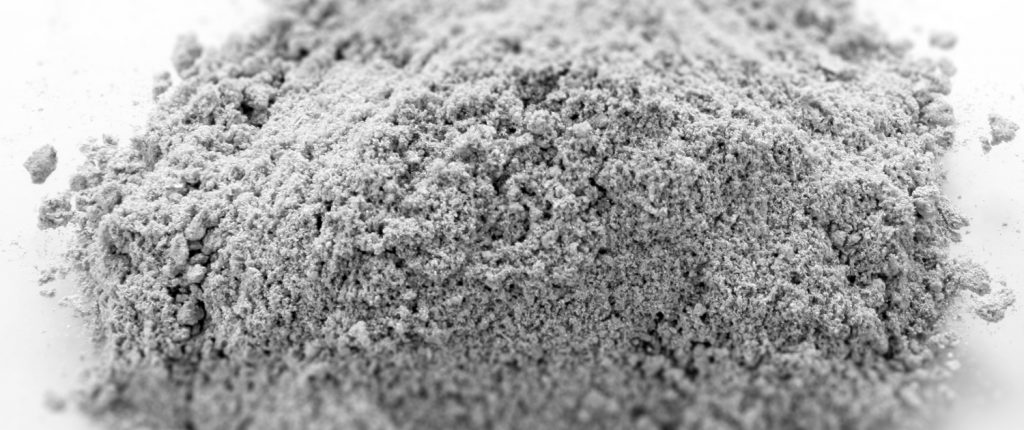Reinforcing technology of modified fly ash fine powder high filler paper
In order to alleviate the pressure of shortage of plant fiber raw materials, high filler paper will become the development trend of the paper industry. High filler paper requires a filler content of about 50%, but the increase in filler content will inevitably lead to a decrease in strength. In this subject, experiments were carried out to improve the strength of high-filler paper by using modified fly ash micropowder as filler.

1 Experimental method
Softwood pulp boards are ground to a beating degree of about 55°SR with a PFI refiner. According to the proportion of softwood 30%, straw pulp 20%, and filler 65%, the raw materials are taken, and they are mixed and refined in PFI. Add retention and drainage aid of 1% to the total pulp amount, 1% of medium alkaline sizing agent AKD, and 2% of wet strength agent to the ground pulp. Then, hand sheets with a ration of about 60 g/m2 were made. Among them, different types of drying and strengthening agents, the amount of drying and strengthening agents and the use methods of drying and strengthening agents are changed according to the requirements.
2 Retention of modified fly ash micropowder in paper sheets
The modified fly ash micropowder filler presents various forms, including needle-like, flake-like, etc., and the particle size distribution is uneven, ranging from 10µm to 30µm. The retention rate of fly ash filler is good, the retention rate in the paper sheet can reach 50%, and the distribution is relatively uniform. According to research, fly ash is suitable as filler in high filler paper. Compared with other fillers, it has a lower price and reduces paper production costs by 3% to 5%. The paper can achieve higher opacity at a given amount. The mechanical strength of paper with fly ash as filler is higher than that of paper with kaolin clay, the opacity and tear index are higher, and other properties such as bursting strength, tensile strength and roughness are almost the same.
3 Influence of the types of drying and strengthening agents on the properties of high filler paper
Four different drying and strengthening agents were added in the experiment, and the dosages of #1, #2, #3, and #4 were 1%, 1%, 1%, and 0.5%, respectively. The experimental results show that the #2 drying and strengthening agent has a better effect on improving the strength of the paper, and the other drying and strengthening agents are not very significant. All kinds of drying and strengthening agents can maintain the whiteness and high opacity of the paper, and the tear strength also meets the requirements.
4 Effect of adding polyvinyl alcohol synthetic fiber PVA on the properties of high filler paper
The polyvinyl alcohol synthetic fibers were added before refining, and then refined together with softwood, wheat straw pulp and fillers, respectively taking 5% and 10% of the absolute dry content of PVA for testing. The strength of the filled paper is obviously improved when the amount of PVA is 5%, but with the increase of the amount, the tensile index does not change much. However, when the amount of PVA is 5%, the burst index does not change much, and when the amount is 10%, the burst index increases significantly. When the amount of PVA is 10%, the elongation also changes greatly, but the folding resistance changes little. Adding PVA has no negative effect on paper whiteness and opacity, etc.
5 Conclusion
5.1 The filler produced from the modified fly ash micropowder is more suitable as a filler for papermaking. It not only has a retention rate of more than 50%, but also does not affect the whiteness of the paper. The whiteness of the paper can reach more than 83% ISO, and it has a high opacity, which can reach more than 93%.
5.2 The addition of polyvinyl alcohol synthetic fibers has an obvious effect on improving the strength of high-fill paper. When the addition amount is 5%, the tensile strength is obviously improved, and the tensile index can be increased from 13N•m/g to 20N•m/g, but the tensile index is not greatly improved with further increase of the addition amount. When the addition amount is 10%, the burst strength is obviously improved, and the burst index can be increased from 0. 5kPa·m2/g to more than 1.5 kPa·m2/g, but when the addition amount is 5%, the burst index hardly increases.
